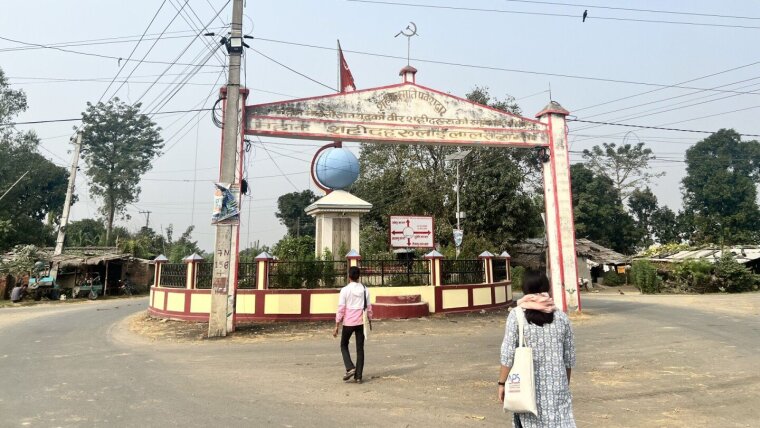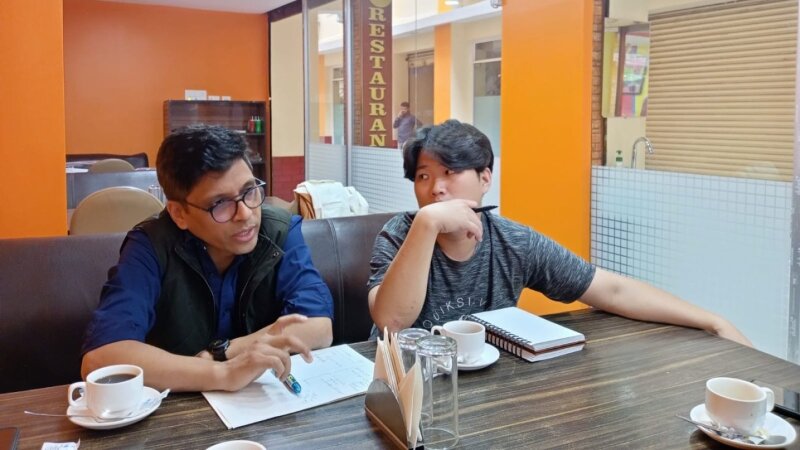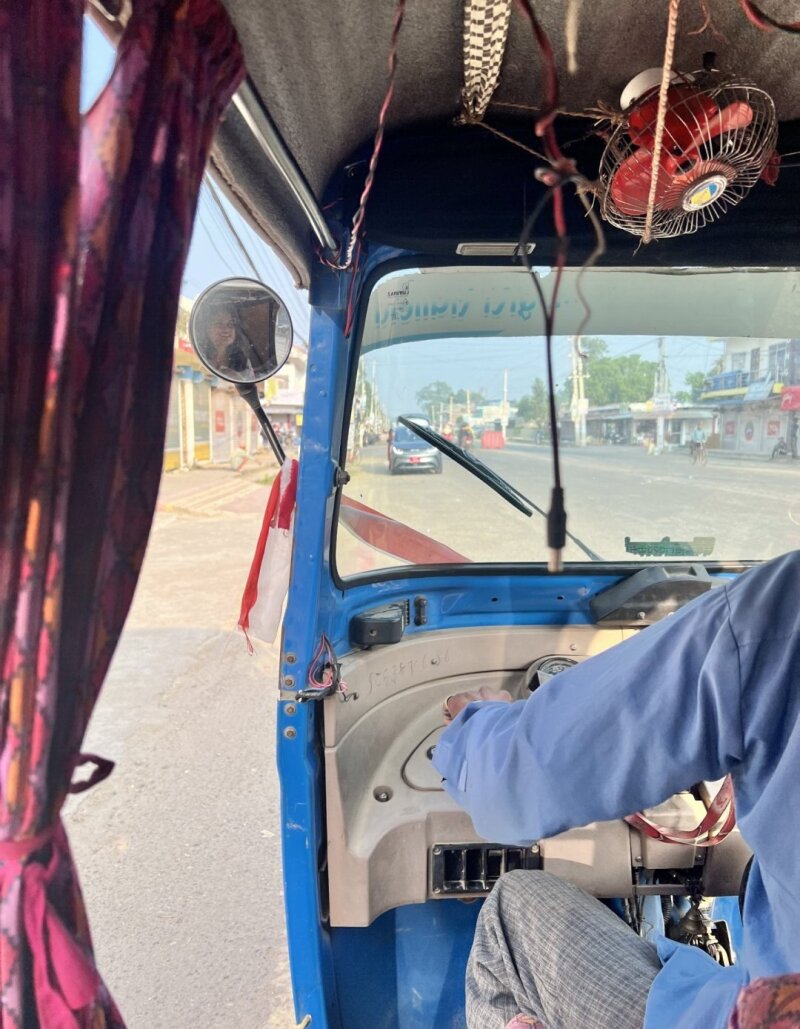
Published:
Kathmandu, the capital city of Nepal—a country that often collects the adjective mysterious—is vibrant day and night. International travelers from all around the world fill the busy streets of Thamel, a tourist area where many stay before heading toward the mystic mountains of the Himalayas. The internationals and locals mingle in a friendly manner at pubs and live music clubs, and there is a striking lack of discrimination based on appearance. However, not so many people—needless to say the internationals, but surprisingly many locals as well—are aware of the violent history this country endured only a few decades ago. The Maoist insurgency, which raged from 1996 to 2006, claimed thousands of lives, recruited children as soldiers, and left the families of the forcibly disappeared in a long and ongoing state of despair. Beneath the breathtaking landscape of this country, nameless bodies are buried—and likely will not be found until it’s too late.
Between October and December 2024, I conducted fieldwork in Nepal for my dissertation on the politics of memory in post-conflict societies. While I was primarily based in Kathmandu, I also traveled to the Western and Southern regions—Bardiya, Kailali, and Janakpur—to engage with the memory landscapes shaped by the conflict. Using semi-structured interviews, I spoke with a diverse group of mnemonic actors: political elites, bureaucrats, NGO heads, victim leaders, and individuals directly affected by the war, including former child soldiers and relatives of the disappeared. These conversations formed the core of my inquiry into why, nearly two decades after the war’s end, Nepal still lacks any institutionalized memory of the insurgency—no national museum, textbook, or public monument confronts this past.
One recurring observation during this period was the strategic silence enforced by Nepal’s political elite. Despite two transitional justice bodies—the Truth and Reconciliation Commission (TRC) and the Commission of Investigation on Enforced Disappeared Persons (CIEDP)—being formally in place, their implementation remains stalled. Many of the key wartime actors now occupy the highest political offices, leading major parties such as the CPN-Maoist, the CPN-UML, and the Nepali Congress. This has contributed to a transactional political culture where justice is deferred or denied in exchange for stability or power-sharing. In contrast, I found that local memory initiatives—though often reliant on support from international organizations—are especially active in regions like Bardiya and Kailali, which were among the hardest hit by the conflict. These grassroots efforts offer a poignant counterpoint to the institutional silence, revealing how memory persists even when the state chooses to forget.
One night, I was interviewing a lady at her house in a city called Dhangadhi. Her son, who was a primary school pupil in the late 1990s, was kidnapped and forcibly disappeared by the police. Witnesses told her he was accused of being a Maoist “snitch”—a 10-year-old boy. She told me her house was built with the interim relief, which the local government offered on the condition that she issue a death certificate for her disappeared son. I could not imagine what emotions she had gone through before she showed up at the municipal office to declare her child dead—a son she still believes is alive somewhere, whom she dreams will return home one day as if he were just on a long trip. Other than the interim relief, no institutional efforts have been made for conflict victims like her. Nothing remembers her agony and her son's existence other than a small, worn-down picture of him hanging on the living room wall. I asked whether she wanted her son to be remembered by others, and she said that a small park or monument would be nice. “Why small?” I asked. She answered in a calm, quiet voice, with a hint of joy: “Then people can always remove it when my son finally comes back home.”
Interviewing Ram Tiwari
Image: Sung Jin Park
